6 Types of Handshakes
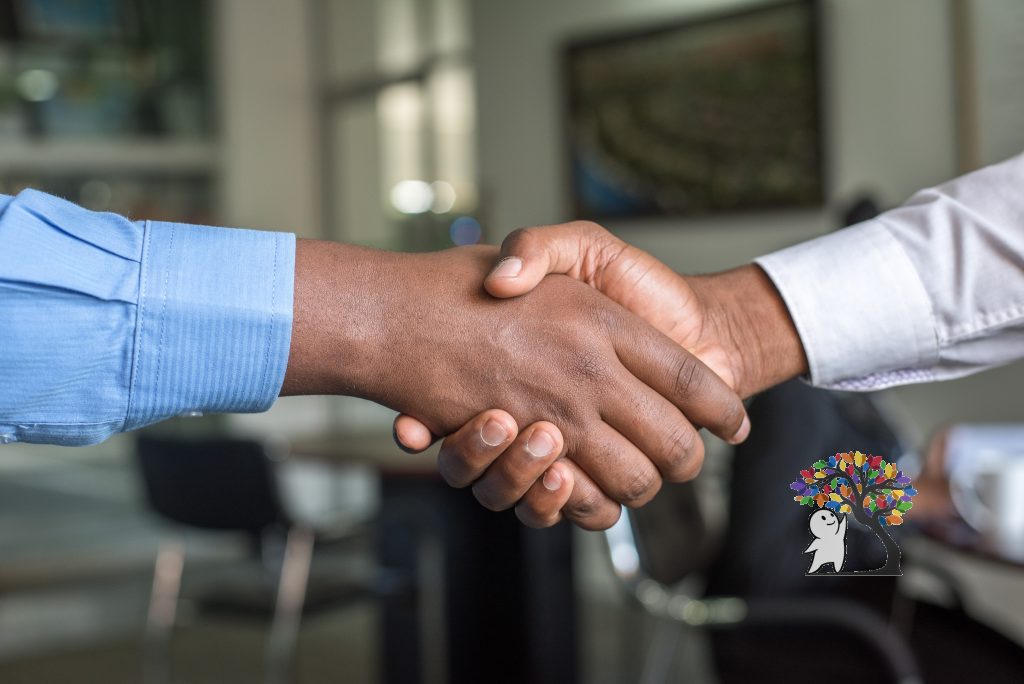
The rituals of greetings and introductions vary depending on the culture and situation. In some cultures, a light air kiss on the cheek is acceptable if you are greeting a friend but unacceptable if greeting a stranger. The most universal and widely acceptable form of greeting is the handshake.
A handshake is acceptable in nearly all situations and the go-to when making first impressions. Handshakes not only convey the degree of familiarity you have with the other person, but they also say a lot about who you are. Hence, a bad handshake can ruin a potential opportunity.
Although you can overcome a bad first impression, it is best to avoid it by learning some of the common mistakes people make when shaking hands.
Below is a list of six different handshakes and what they mean.
- The bone crusher
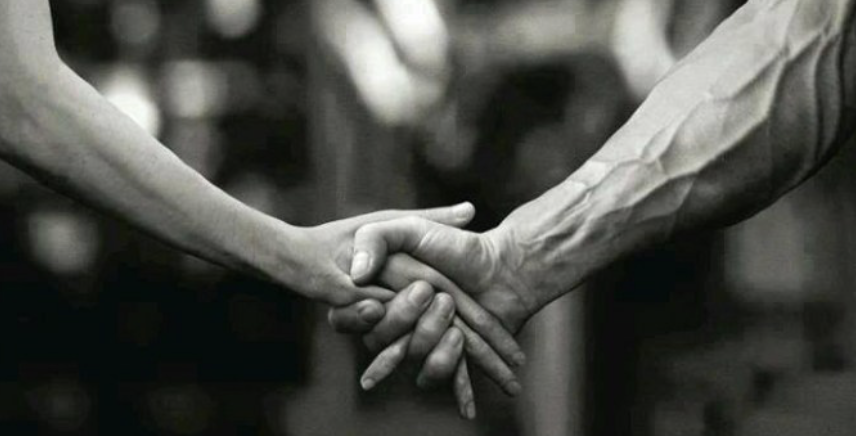
The bone-crusher is the most common handshake mistake people make. If you have ever been on the receiving end of this handshake, you know how uncomfortable the excessive force is. It is an aggressive display of insecurity. In most cases, nerves are to blame. A person may be nervous and may unwillingly tighten their hand during a handshake.
If you find yourself in a bone-crushing handshake, make a comment. Saying something like wow, what a strong handshake will usually cause the person to loosen their grip.
- The dead fish
The dead or limp fish handshake can end up harming your prospects and career. It tells the other person that you are either nervous, uncertain, or uninvolved. It conveys passiveness. Neither of these adjectives is good. When making a first impression, you want to portray confidence. The dead fish is the complete opposite of it. If you are unsure if your grip is accurate, practice with a friend.
- The dap or dap hug
The dap or the dap hug is complex and instinctual to a few. It is a handshake where you could say a lot in a few seconds or have an entire conversation. Unfortunately, it is also widely misinterpreted and misunderstood, primarily because it is a very specific handshake.
The dap originated in the black community during the 1960s and 1970s. It became a symbol of black consciousness, identity, and cultural unity throughout black America. Its name, dap, is an acronym that stands for dignity and pride. It is a physical act of brotherhood and solidarity. It says: I am not above you, you are not above me, we are side by side, we are together.
The dap began in the military among black soldiers. During the 1960s and 1970s, many black men were drafted and sent to fight in the Vietnam War. In the military, these men faced many injustices. Some cases reported black soldiers getting shot by white soldiers during combat. To protect each other, the black soldiers created the dap–a physical act of solidarity. According to scholars of the Vietnam War and black Vietnam veterans, soldiers used the dap to convey their commitment to looking out for each other. The dap not only served as a way to show camaraderie. It also was used to transmit messages such as what to expect on the battlefront or what happened during an operation.
However, in 1969, the military banned the dap out of fear that the dap was coded language of a potential black insurrection.
Regardless, the dap has continued. Because the dap is emblematic of black culture and identity, unless you are part of that community, stay away from it. Also, the dap might not be a good handshake to begin a formal interview with.
- The phantom
Of the handshakes on this list that make a negative impression, this one, I think, is perhaps the worst. The phantom handshake tries to be a handshake but immediately backs down. It connotes insecurity and can convey that you do not trust others.
If there are reasons as to why you prefer the phantom handshake, such as sweaty palms, keep a paper towel in your pocket to wipe your hand.
- The double-handed
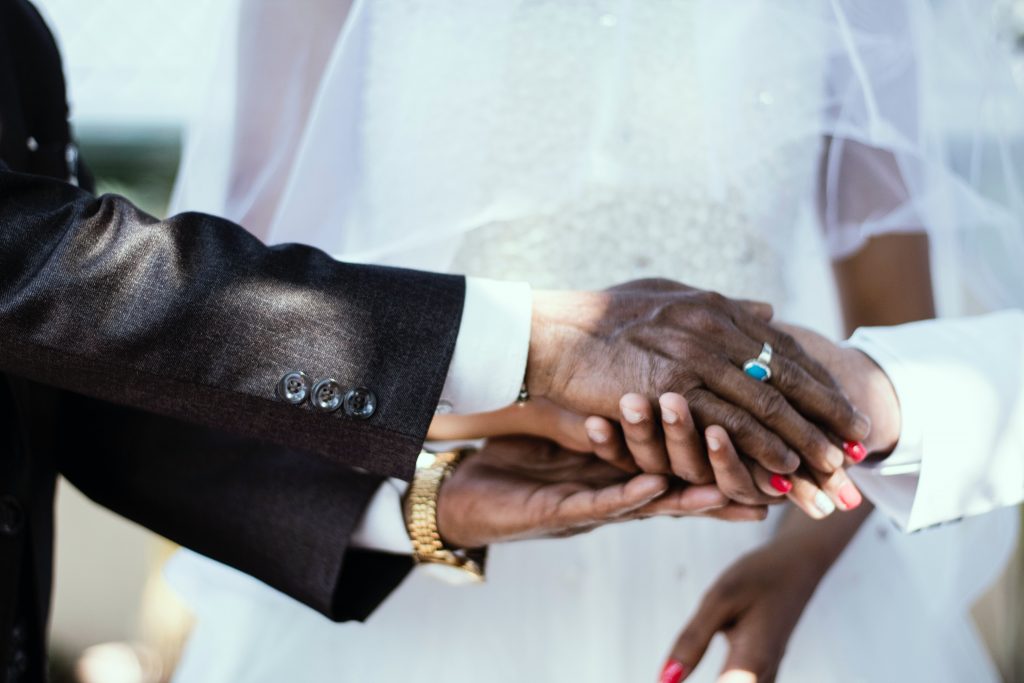
Though the double-handed handshake is widely used, it can be a little too intimate for a first impression. This handshake most appropriate for really close friends, and that’s about it.
- The fist bump
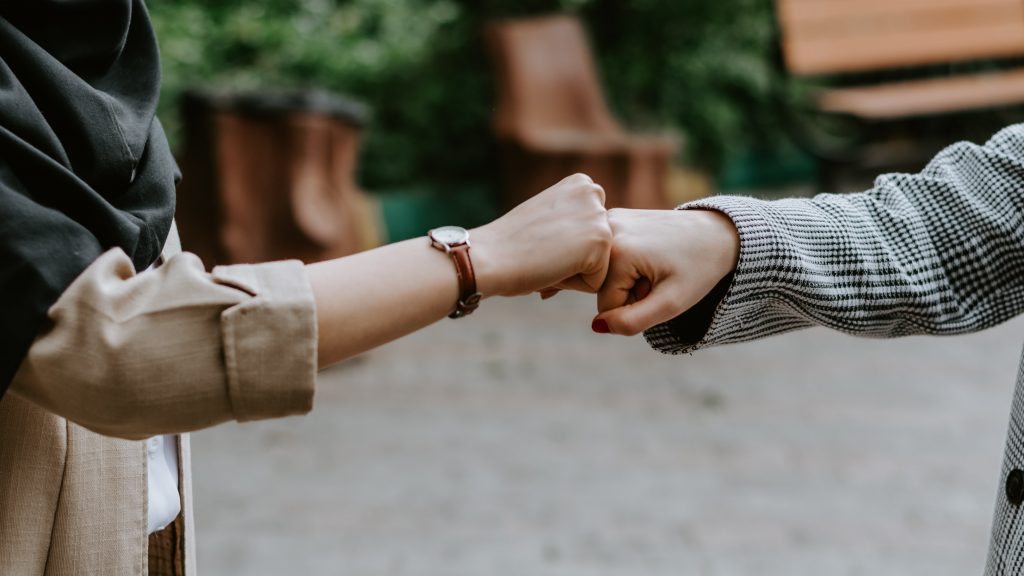
The universal handshake of friendships. A fist bump playfully conveys friendship or camaraderie. The fist bump is unique because you can customize it according to your relationship with that person. It is a neutral handshake, but not recommended for formal situations.
Though I am not an adamant supporter of handshakes, I understand their power to bridge gaps and establish relations. However, once COVID-19 is over, I wonder what will be the future of handshakes. Perhaps it might be different. Regardless, we will find new ways to greet and connect.
Sources:
BusinessGovAu. “The Top 10 Bad Business Handshakes.” YouTube , Government of Australia, 4 June 2013, www.youtube.com/watch?v=exUlCjqQsDA.
Cuncic, Arlin. “Top Ten Bad Handshakes.” Verywell Mind, 16 Feb. 2020, www.verywellmind.com/top-bad-handshakes-3024313.
Rubin, Peter. “Is This the End of the Dap?” Medium, LEVEL, 5 June 2020, level.medium.com/is-this-the-end-of-the-dap-de99f6c919d.
Whitmore, Jacqueline. “8 Handshakes That Make Unforgettably Bad First Impressions.” Entrepreneur, 13 Oct. 2015, www.entrepreneur.com/article/251601.

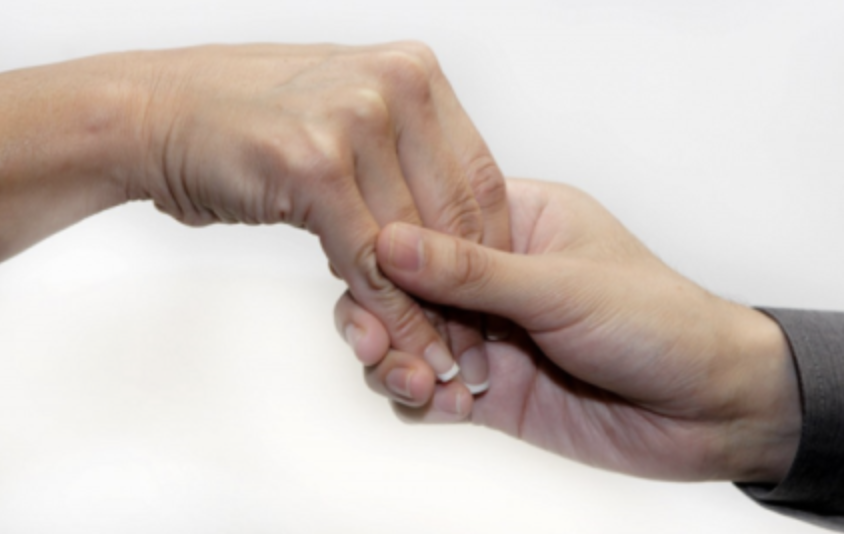
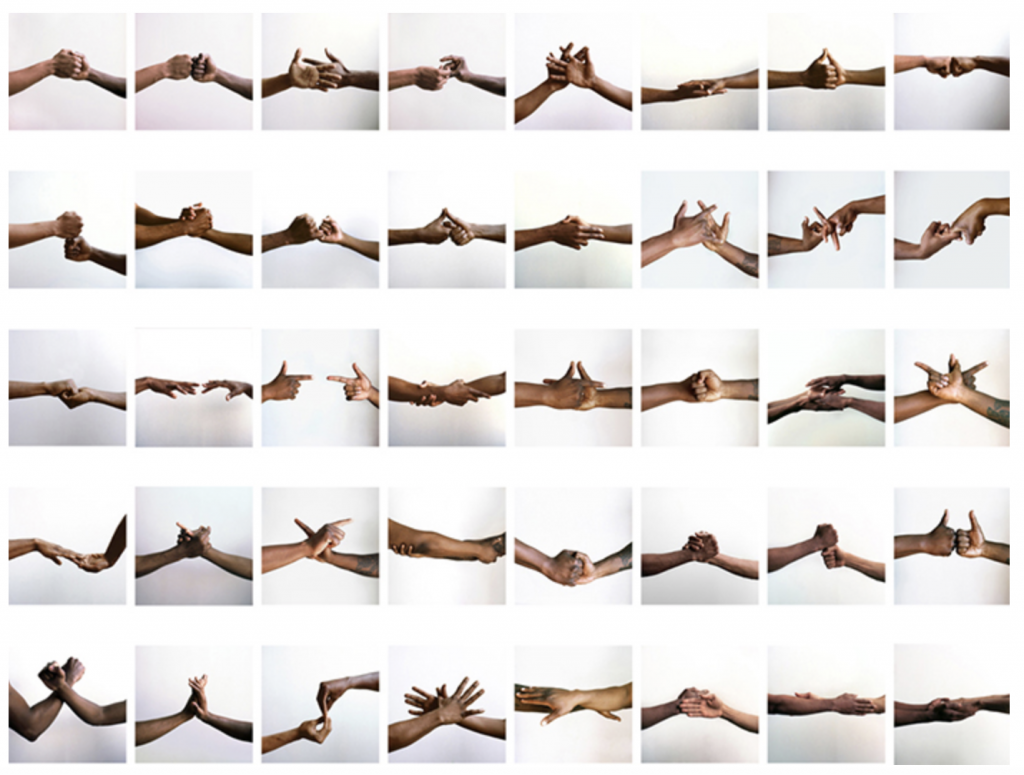

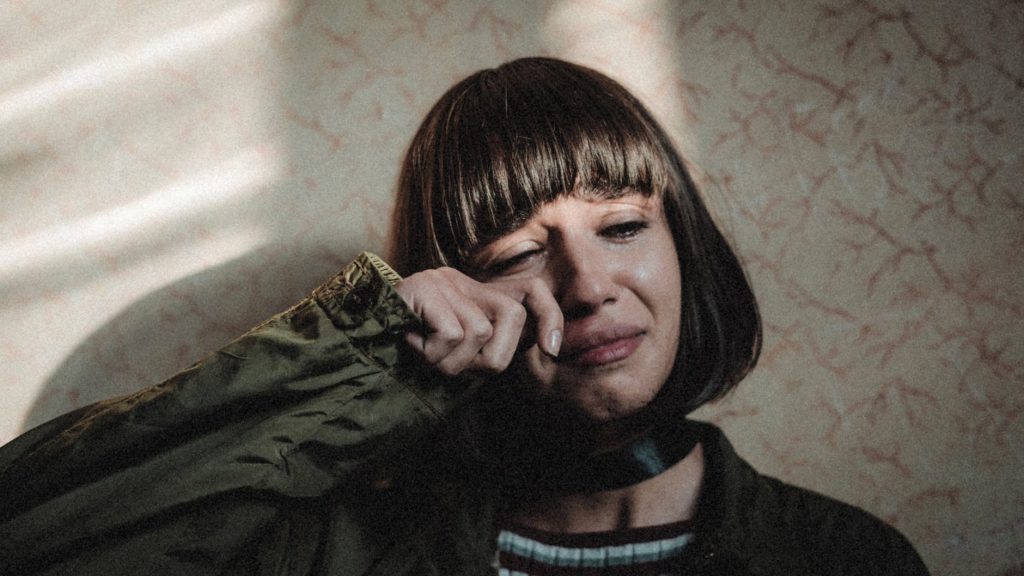
Responses